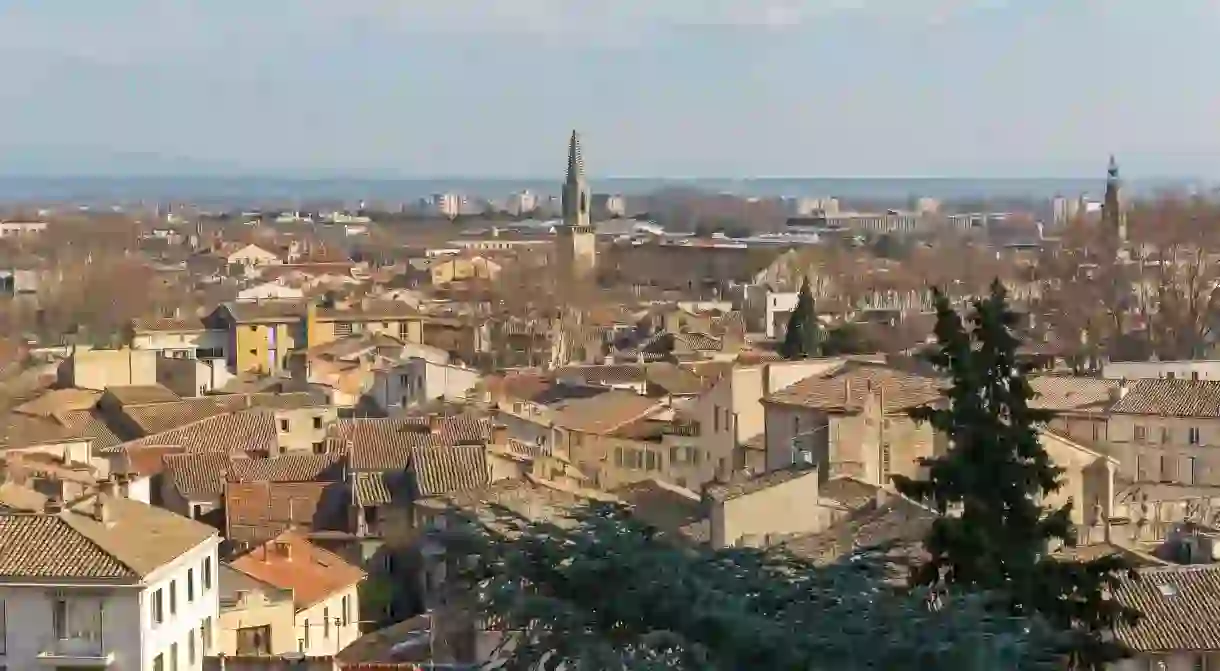Why You Should Visit the South of France in Winter

The south of France can be idyllic in winter, when the crowds have left, the weather is still great, you can hit the ski resorts and have the wonderful sea inlets called the Calanques, all to yourself.
Did you know – Culture Trip now does bookable, small-group trips? Pick from authentic, immersive Epic Trips, compact and action-packed Mini Trips and sparkling, expansive Sailing Trips.
Just like other major summer hot spots, the south of France can really show off a different kind of beauty in its colder months and is way more accessible to tourists. It’s an ideal winter destination.
There Are Fewer Crowds
Many of the tourist attractions in Provence and along the French Riviera are manic in the summer months. In winter they are gloriously deserted (relatively). Empty beaches and half-full monuments make sightseeing much more pleasant.
Go Skiing And Sea Swimming In The Same Day
There are lots of ski resorts within a couple of hours of Nice in the south of France. It’s the reason why it’s a famous haunt for the rich, because you can swim in the sea in the morning and be on the slopes in the afternoon. Few other locations can boast the same credentials.
The resort of Auron, Saint-Etienne-de-Tinée is one of the biggest but there are others of varying sizes. While many French stop swimming in September, many tourists will find the temperatures still very agreeable until November (if you come from colder climates). After that time, until March, it might be better to wear a wet suit. Either way, the beaches will be empty and perfect for picnics, the water will still be clear and inviting and you can end your day on the slopes. Just pay attention, as there may not be lifeguards on duty in the winter months.

It Rarely Gets Very Cold And The Skies Are Still Blue
It’s very rare for the south of France to get below freezing (although it does happen). Nice has its own little microclimate so it stays warmer than other places. It’s protected from the Mistral wind by its surrounding hills – to the west by the Esterel Massif and to the northwest by the Mercantour Alps, so it’s common to be having a much warmer Christmas Day in a local restaurant in Nice wearing only a T-shirt. Other cities can bear the brunt of the local Mistral wind (it comes down from the Alps through the Rhone Valley into places like Aix), but on the days that it doesn’t blow, the temperature will remain mild. That said, it’s the Mistral wind that clears the skies, gives the wine its yummy flavour and provides blue skies over the seas in mid-winter. There will be fewer people wine tasting in places like St Tropez too, which is renowned for its great vineyards.

Celebrate Christmas At The Markets
The Christmas markets in Provence are legendary. In Aix-en-Provence for example, the funfair turns up at the beginning of December and the council erects wooden cabins for market traders to sell everything from jewellery to local pottery. At the lower end, towards the famous Rotonde fountain (which is lit up differently every year), you’ll find cabin after cabin of toffee apples, the local spicy bread/cake (“pain d’épices“) and mulled wine. You’ll find the same markets in Marseille, Arles, Avignon, Cannes and Nice.

You Can Access The Calanques More Easily
The Calanques are one of France’s natural wonders. These sea inlets punctuate the coast on either side of Marseille and are a tourist haven. In the summer they can be difficult to get to (you have to hike in) because the local police limit access by car because of the increased fire risk. In the winter, however, you can drive down the small, snaking roads to the restaurants below, have a relaxed lunch without the crowds and dip your feet in the water.













